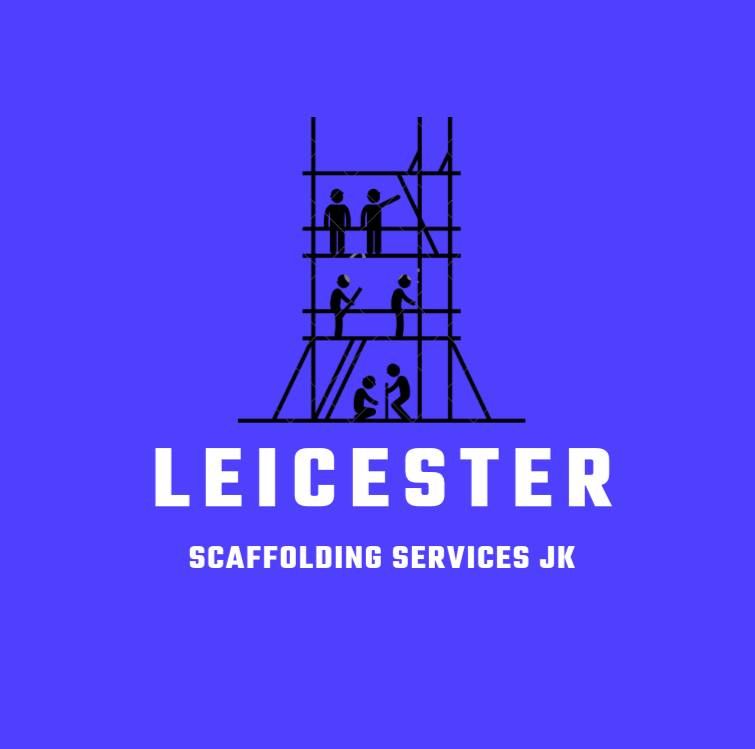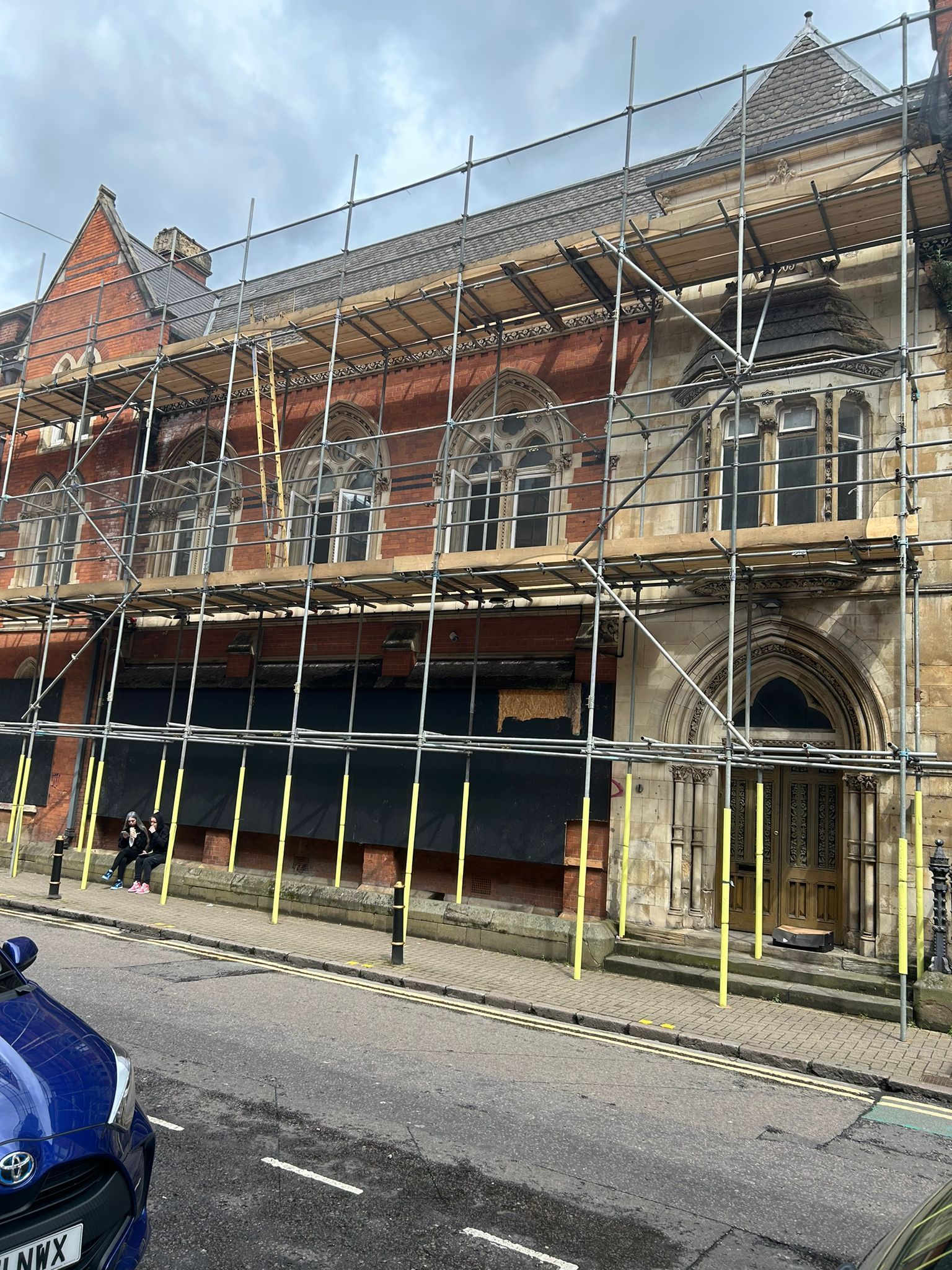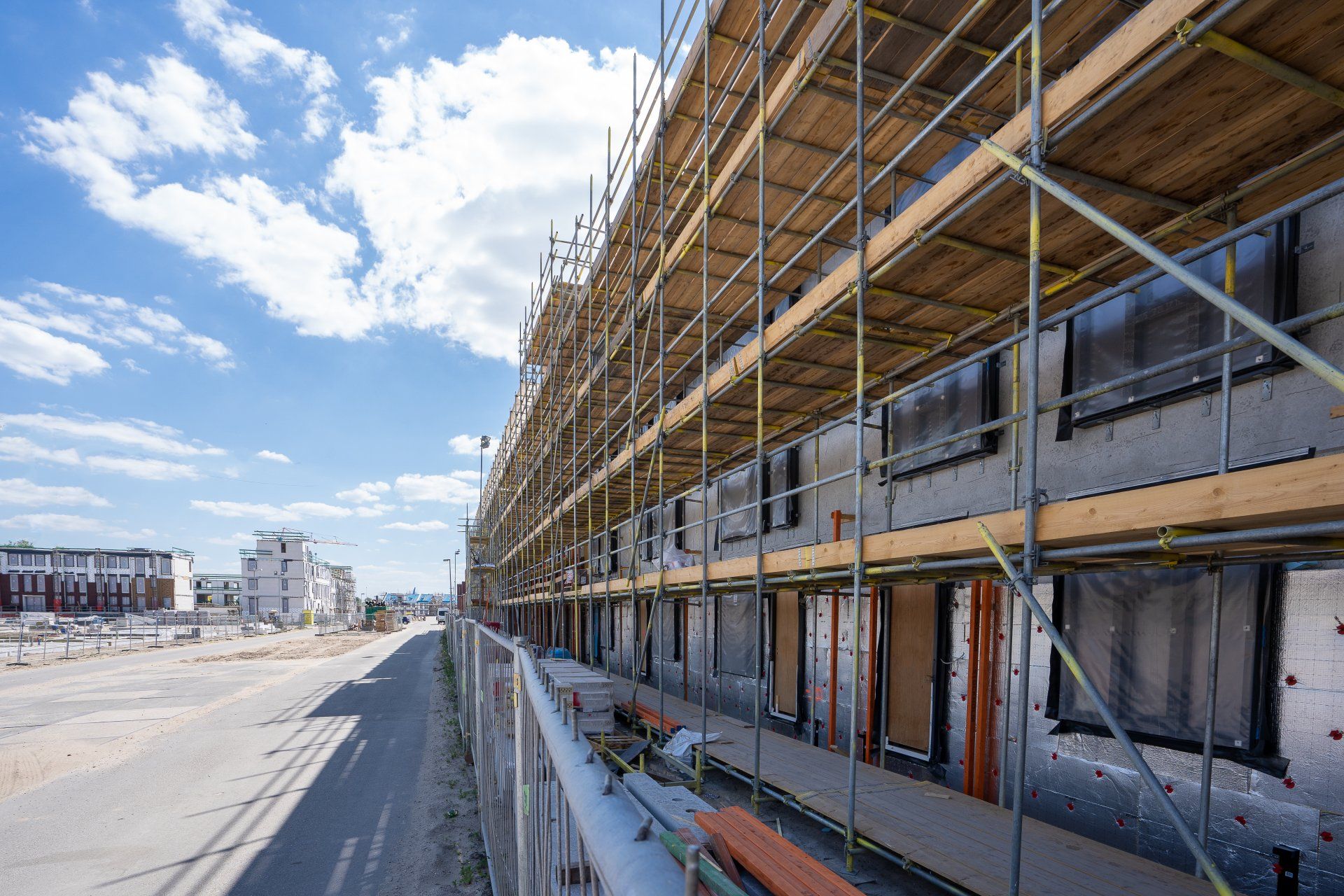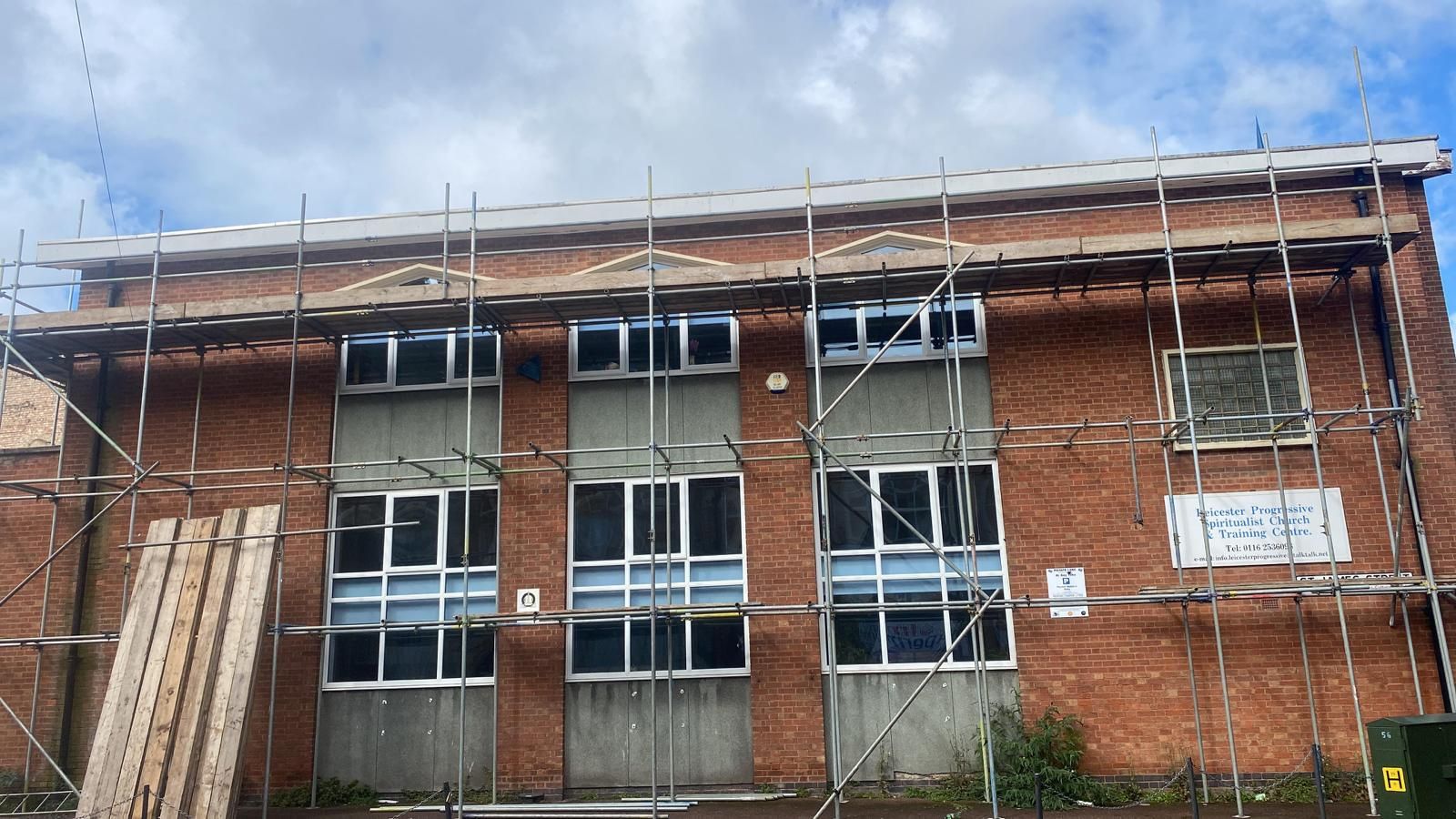The Essential Guide to Scaffold Boards in Leicester
The Essential Guide to Scaffold Boards: Safety, Selection, and Maintenance
In the world of construction, maintenance, and even creative outdoor projects, scaffold boards are indispensable. These boards serve not just as a platform for workers but as a cornerstone for ensuring safety and efficiency on any project involving heights. Whether you're a construction professional, a DIY enthusiast, or a business owner contemplating the logistics of an upcoming project, understanding the nuances of scaffold boards is crucial.
What are Scaffold Boards?
Scaffold boards, often referred to as decking, planks, or battens, are the horizontal pieces that form the working surface of scaffolding. Typically made from wood, metal, or composite materials, these boards support workers, materials, and tools at various heights. The material choice depends on load capacity, durability, weather resistance, and project duration.
The Importance of Scaffold Board Safety
Safety is paramount in any construction or maintenance project, and scaffold boards are no exception. The integrity of these boards directly impacts the safety of workers and the overall stability of the scaffolding structure. Regular inspections, understanding the load capacities of scaffold boards, and adhering to safety standards are non-negotiable aspects of scaffold board use.
Selecting the Right Scaffold Boards for Your Project
Choosing the correct type of scaffold board is a decision that the specific needs of your project should inform. Considerations include:
- Load Requirements: Evaluate the weight of workers, tools, and materials the boards need to support.
- Environment: For outdoor projects, consider weather-resistant materials.
- Regulations: Ensure your choice complies with local and industry safety standards.
- Length and Width: The boards' size should match the scaffold structure's dimensions.
Installation and Maintenance of Scaffold Boards
Proper installation and maintenance of scaffold boards are crucial to extending their lifespan and maintaining a safe working environment. Installation should always follow the manufacturer's guidelines and safety regulations. Maintenance involves regular checks for damage, wear, stability, and proper storage practices to prevent warping and rotting.
Common Misconceptions About Scaffold Boards
Despite their straightforward appearance, there are several misconceptions about scaffolding boards. One common myth is that all scaffold boards are identical, regardless of material or manufacturer. In reality, quality, safety ratings, and intended use vary significantly. Another misconception is that visual inspection alone is sufficient to guarantee safety. Comprehensive checks, including load testing and professional inspections, are often required.
The Future of Scaffold Boards
Innovation in materials and manufacturing processes continues to shape the future of scaffold boards. From advancements in composite materials offering more excellent durability and weather resistance to integrating intelligent technologies for real-time safety monitoring, the evolution of scaffold boards is ongoing. Staying informed about these advancements ensures that your projects benefit from the latest in safety and efficiency.
Conclusion: Making an Informed Choice
The selection and use of scaffold boards used by Leicester Scaffolding Serves JK are never compromised. By understanding the various types of Scaffold boards available, their applications, and the safety considerations involved, you can make informed decisions that enhance the safety and efficiency of your projects. Whether overseeing a large construction site or tackling a DIY project at home, the right scaffold boards are critical to your success.
Remember, the quality of your scaffolding boards can significantly impact your work's overall safety and productivity. Invest in high-quality materials, adhere to safety standards, and don't hesitate to consult with our professionals at Leicester Scaffolding Services JK when in doubt. Your diligence will ensure the safety of everyone involved and contribute to the successful completion of your project.



